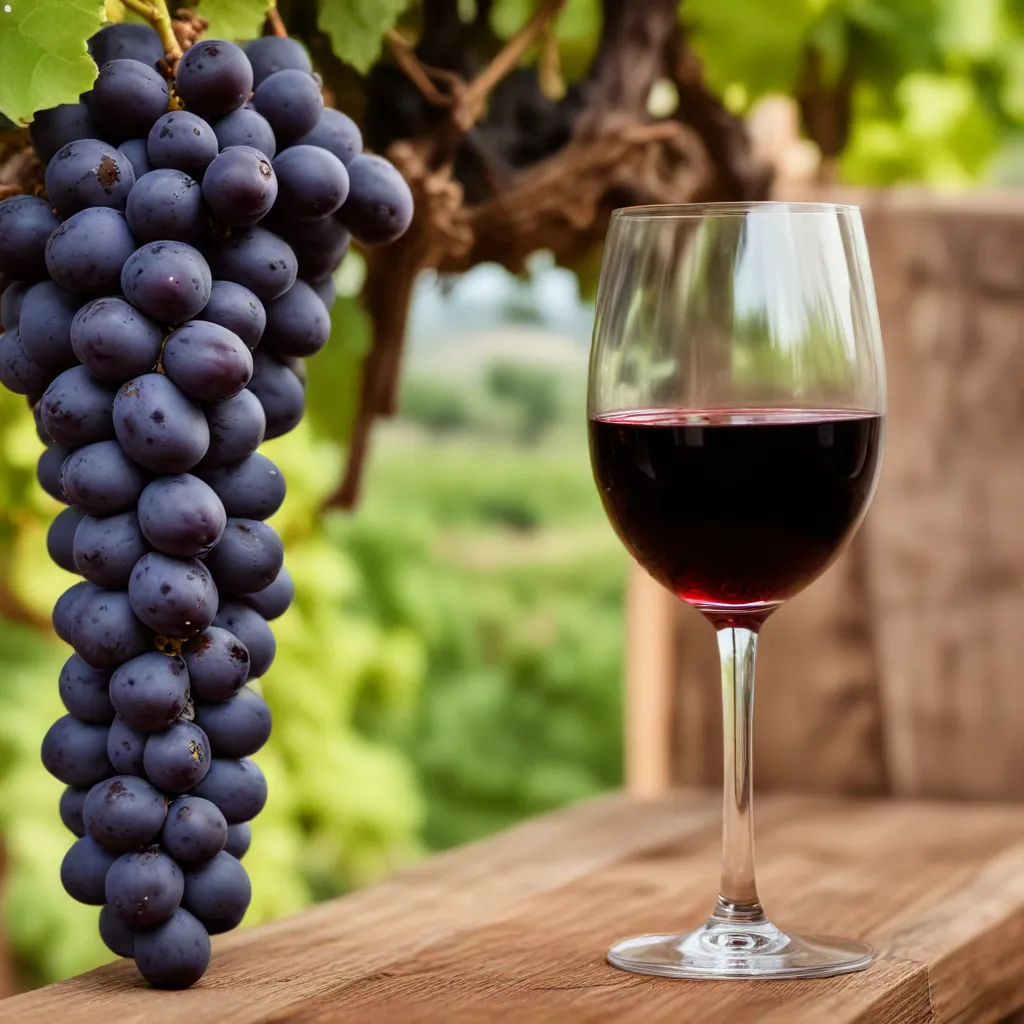
Wine has long been revered for its complex flavors, captivating aromas, and enduring cultural significance. But beyond its sensory delights, wine also contains a wealth of beneficial compounds that can positively impact our health. At the heart of these healthful properties lie the antioxidants found within the grape itself – a journey that takes us from the vineyard to the glass.
Grape Composition
The grape, the foundational raw material of wine, is a remarkable fruit brimming with a diverse array of phytochemicals. Chief among these are the phenolic compounds, a class of molecules that not only lend wine its distinctive character but also confer potent antioxidant capabilities.
Phenolic Compounds
Phenols come in many forms, from the simple resveratrol found in grape skins to the complex tannins present in seeds and stems. These compounds play a crucial role in protecting the grape vine from environmental stressors, and they carry over into the finished wine, where they continue to provide antioxidant benefits.
Antioxidant Activity
The antioxidant prowess of wine’s phenolics stems from their ability to neutralize free radicals – unstable molecules that can cause cellular damage and contribute to the development of various diseases. By quenching these reactive species, the antioxidants in wine help to maintain the body’s delicate oxidative balance, potentially offering protection against cardiovascular issues, neurological decline, and metabolic disorders.
Grape Varieties
Not all grapes are created equal when it comes to antioxidant content. Cabernet Sauvignon, Merlot, and Pinot Noir, for instance, are known for their high concentrations of polyphenols, while Chardonnay and Sauvignon Blanc tend to have lower levels. The unique genetic makeup and growing conditions of each grape variety contribute to these differences, providing wine enthusiasts and health-conscious consumers with a diverse array of antioxidant-rich options.
Wine Production Process
The journey of wine’s antioxidants does not end at the vineyard; it continues through the meticulous process of vinification, where a multitude of factors can influence the final antioxidant profile.
Fermentation
During the fermentation stage, yeast metabolizes the sugars in the grape juice, producing alcohol while also interacting with the phenolic compounds. This interaction can result in the transformation and concentration of certain antioxidants, such as the flavonoids, which are known for their potent free-radical scavenging abilities.
Aging and Maturation
As wine undergoes aging and maturation, often in oak barrels, additional chemical reactions occur that can further modify the antioxidant composition. The gradual oxidation of certain phenols, for instance, can lead to the formation of new compounds with enhanced antioxidant capacities.
Bottling and Storage
The final steps of bottling and storage also play a crucial role in preserving the antioxidant potential of wine. Proper handling and storage conditions, such as temperature, light exposure, and oxygen levels, can help to maintain the integrity of these beneficial compounds, ensuring that wine lovers can enjoy their healthful properties for years to come.
Health Benefits of Wine
The antioxidant-rich nature of wine has been the subject of extensive research, revealing a wealth of potential health benefits that extend far beyond the palate.
Cardiovascular Effects
Numerous studies have indicated that moderate consumption of wine, particularly red wine, may help to support cardiovascular health. The antioxidants in wine are thought to improve endothelial function, reduce inflammation, and inhibit the oxidation of LDL cholesterol, all of which can contribute to a healthier heart.
Neurological Effects
The antioxidant compounds found in wine have also been linked to potential neuroprotective effects. Some research suggests that these molecules may help to support cognitive function, potentially reducing the risk of age-related neurological disorders, such as Alzheimer’s disease and Parkinson’s disease.
Metabolic Impacts
Beyond the cardiovascular and neurological realms, the antioxidants in wine may also play a role in metabolic health. Studies have indicated that moderate wine consumption may be associated with improved insulin sensitivity and a reduced risk of type 2 diabetes, though more research is needed to fully understand these relationships.
Factors Influencing Antioxidant Levels
The antioxidant profile of wine is not a static entity; it is influenced by a variety of factors, from the vineyard to the cellar.
Viticultural Practices
The growing conditions and viticultural practices employed in the vineyard can have a significant impact on the antioxidant content of grapes. Factors such as soil composition, sun exposure, and water management can all influence the synthesis and accumulation of phenolic compounds within the grape berries.
Winemaking Techniques
The choices made by the winemaker during the vinification process can also shape the final antioxidant profile of the wine. Decisions regarding fermentation methods, maceration times, and the use of oak aging can all contribute to the preservation or enhancement of these beneficial compounds.
Storage and Aging
Even after the wine has been bottled, the conditions under which it is stored and aged can continue to impact its antioxidant levels. Factors such as temperature, light exposure, and oxygen availability can all influence the stability and evolution of the wine’s phenolic compounds over time.
By understanding the complex interplay between grape composition, winemaking techniques, and environmental factors, wine enthusiasts and producers alike can work to optimize the antioxidant potential of their beloved beverage. This journey from grape to glass is a testament to the intricate dance between nature, science, and human artistry that gives rise to the captivating world of wine.
To explore the antioxidant-rich offerings of our own Wine Garden Inn, we invite you to visit us and discover the bounty of flavors and wellness benefits that our carefully curated selection has to offer.
